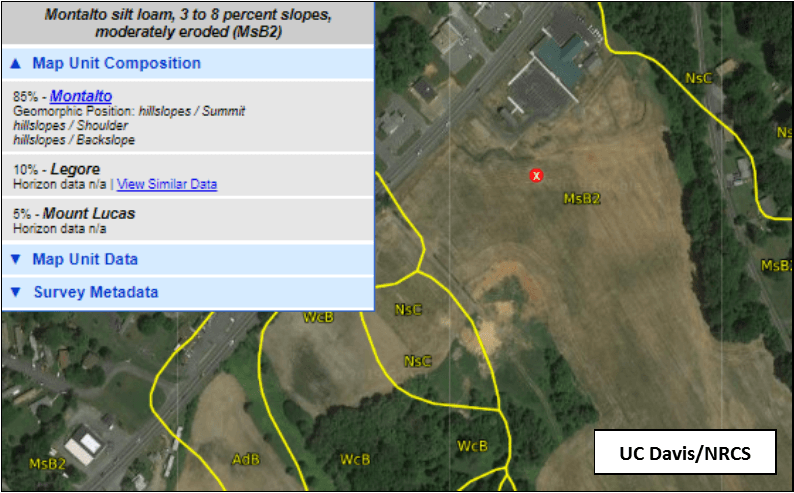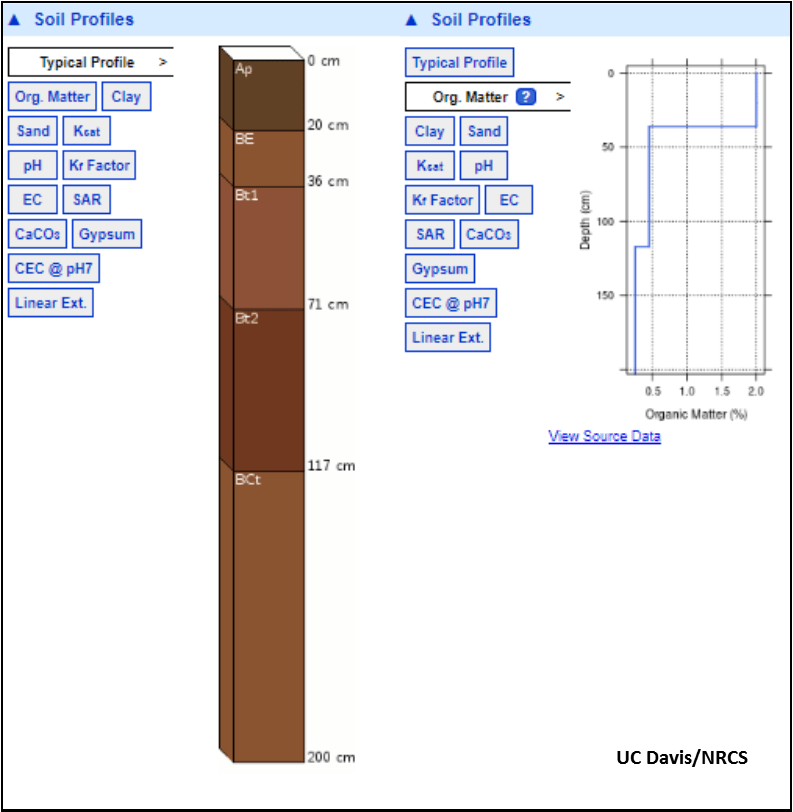The Maryland Department of Agriculture (MDA) is accepting applications for the Farming for Healthy Soil Program. This three-year program begins this fall and provides financial assistance to farmers for implementing soil health practices on their farm. All livestock and crop (including grain, forage, fruit, and vegetables) farms are eligible for this program. Approved soil health practices include conservation tillage/residue management, multi-species cover crop mixtures, extended season cover crops, prescribed grazing, and precision nutrient management. Practices must be new to the farm; for example, adopting a practice never used on site before or changing from a one species cover crop to a two species cover crop.
Rates range from $10 to $55 per acre. Fields eligible for the Maryland Agricultural Water Quality Cost Share (MACS) Cover Crop Program can receive financial assistance from this grant in addition to the MACS funding; however, MACS enrolled fields must be extended season (planted before October 1 and terminated after May 1) or multi-species cover crops. The maximum funding per participating producer is $5,000 annually. Farmers must be in compliance with MDA programs (i.e. nutrient management) in order to participate.
Farmers are expected to commit up to three years of practice implementation on the same field(s). Soil samples will be taken this fall and again in the fall of 2022 to compare before and after practice implementation. Soil samples will also be taken in adjacent or nearby fields which have not had soil health practices to serve as control fields. University of Maryland Extension Agriculture Agents will be collecting the soil samples for farms in Western and Central Maryland.
The application form should be submitted to Kevin Antoszewski, MDA Healthy Soils Program Coordinator, at kevin.antoszewski@maryland.gov. For questions, contact Kevin (email is preferred, but a voicemail can be left at 410-841-5866) or Kelly Nichols, University of Maryland Extension Ag Agent, at 301-600-3577 or kellyn@umd.edu.




